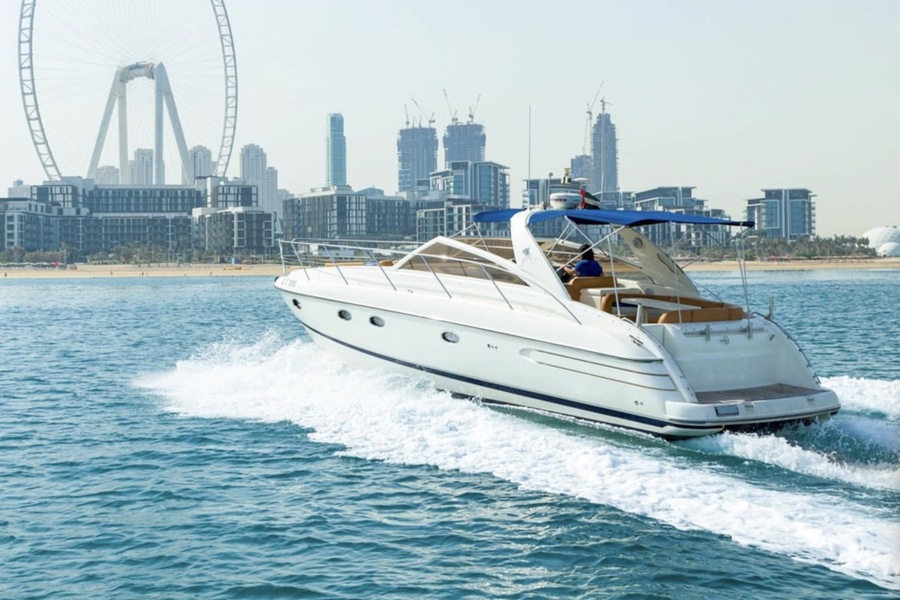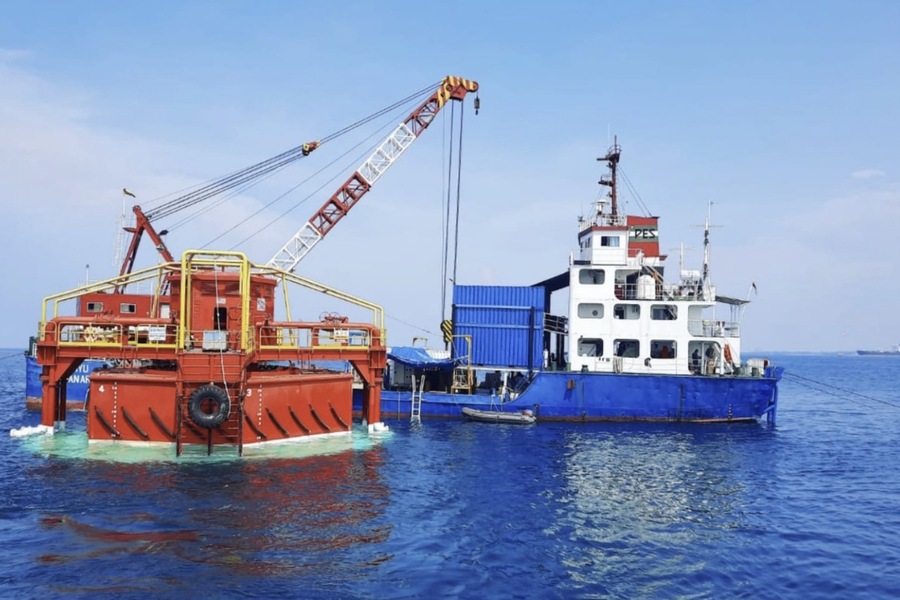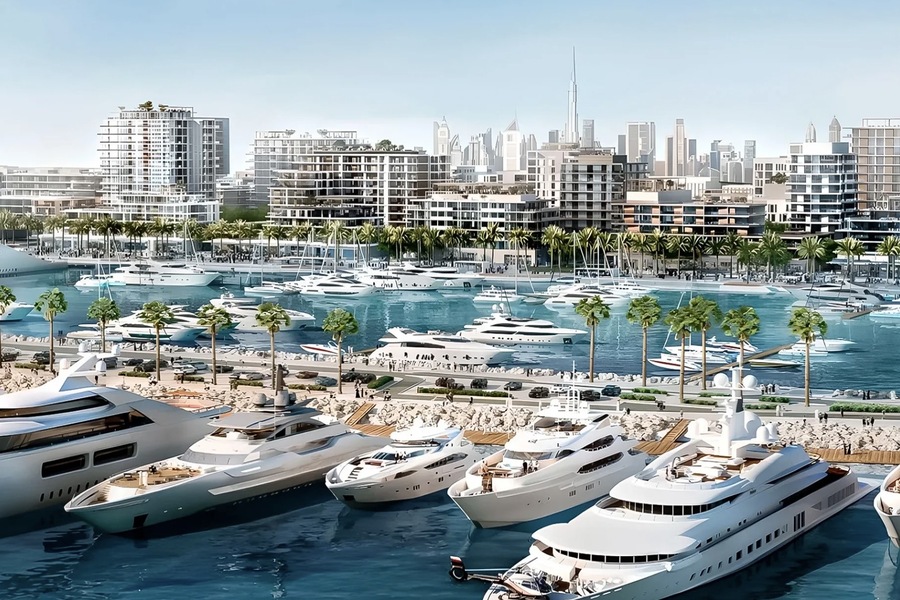Climate change poses significant challenges globally, with coastal cities like Dubai facing unique risks due to rising sea levels, extreme weather events, and temperature fluctuations. For marine engineering companies operating in Dubai, these changes necessitate innovative strategies to adapt infrastructure and protect coastal areas. This article delves into how climate change impacts marine engineering in Dubai and the adaptive measures required to ensure resilience and sustainability.
Page Content
Rising Sea Levels and Coastal Erosion
Rising sea levels are one of the most direct consequences of climate change affecting Dubai’s coastal infrastructure. As sea levels increase, the risk of flooding and coastal erosion intensifies, threatening waterfront properties, ports, and public spaces. In Dubai, where much of the city’s growth and development are concentrated along the coast, marine engineers must design structures that can withstand these changes. This includes elevating critical infrastructure, using reinforced materials, and implementing advanced drainage systems to manage storm surges and tidal flooding.
Increased Water Temperatures and Impact on Marine Structures
Higher global temperatures result in increased sea surface temperatures, which can affect the durability of marine structures. Warm waters accelerate the corrosion of metal components and the degradation of concrete used in coastal construction. In Dubai, where marine engineering projects are crucial to the city’s expansion, adapting to these conditions is essential. Engineers are exploring corrosion-resistant materials and protective coatings that can extend the lifespan of marine infrastructure. Furthermore, changes in water chemistry, such as ocean acidification, also pose risks, necessitating continuous monitoring and maintenance of submerged structures.
Extreme Weather Events and Structural Integrity
Climate change is linked to an increase in the frequency and intensity of extreme weather events, such as storms and cyclones. Dubai, though generally arid, is not immune to these phenomena. Severe storms can lead to higher wave action and increased loads on marine structures, such as piers, jetties, and seawalls. Marine engineering companies in Dubai must consider these factors in their designs, incorporating features like breakwaters and flexible, energy-absorbing structures that can reduce the impact of storm surges. Regular structural assessments and upgrades are necessary to ensure the resilience of existing infrastructure.

Salinity Changes and Material Degradation
The salinity of seawater in Dubai’s coastal areas can fluctuate due to climate-induced changes in evaporation rates and freshwater inflows. High salinity accelerates the corrosion of marine structures, particularly those made from steel and other susceptible materials. This degradation not only shortens the lifespan of infrastructure but also increases maintenance costs. Marine engineers are increasingly turning to innovative solutions such as composite materials and advanced anti-corrosion technologies to combat these challenges, ensuring that structures remain safe and functional over the long term.
Impacts on Marine Biodiversity and Engineering Adaptations
Climate change also affects marine biodiversity, which in turn impacts marine engineering. Warmer waters and altered salinity levels can lead to shifts in local ecosystems, including the growth of invasive species that may damage underwater structures. For instance, biofouling—where organisms like barnacles and algae attach to submerged surfaces—can increase drag on marine vessels and pipelines, necessitating more frequent cleaning and maintenance. Engineers are exploring environmentally friendly antifouling coatings and design modifications that minimize ecological disruption while maintaining the integrity of marine structures.
Adapting to Regulatory Changes and Sustainability Goals
As global awareness of climate change grows, regulatory frameworks are evolving to include stricter environmental standards. In the UAE, the government has launched initiatives like the National Climate Change Plan, which aims to enhance resilience across various sectors, including marine engineering. Companies operating in Dubai must align with these regulations, adopting sustainable practices that reduce carbon footprints and mitigate environmental impacts. This includes the use of green technologies, renewable energy sources, and materials that meet environmental standards without compromising structural integrity.
The Role of Innovation in Marine Engineering
Innovation plays a critical role in adapting to climate change challenges in marine engineering. In Dubai, the focus is on integrating advanced technologies such as predictive modeling and AI-driven analytics to enhance the design and maintenance of marine infrastructure. For instance, using real-time data and simulations, engineers can predict how rising sea levels or temperature changes will affect structures over time, allowing for proactive measures rather than reactive repairs. Additionally, the development of smart materials that respond to environmental changes can further bolster the resilience of coastal infrastructure.
Collaborative Efforts for Coastal Protection
Addressing the impacts of climate change on marine engineering requires collaborative efforts between public and private sectors. In Dubai, partnerships between marine engineering companies, government agencies, and research institutions are essential for developing comprehensive coastal management strategies. This collaboration can lead to the creation of integrated coastal zone management plans that prioritize resilience and sustainability. By pooling resources and expertise, stakeholders can better anticipate future challenges and implement solutions that protect both the natural environment and built infrastructure.

Economic Implications and Cost Management
The economic implications of climate change on marine engineering are significant, particularly in terms of increased costs for construction, maintenance, and adaptation. For Dubai, a city heavily invested in its coastal appeal and maritime economy, these costs can impact profitability and long-term growth. However, investing in resilient infrastructure can also offer economic benefits by reducing the likelihood of catastrophic failures and costly repairs. Marine engineering companies in Dubai are therefore focusing on cost-effective solutions that balance upfront investments with long-term savings, ensuring both financial viability and environmental responsibility.
Preparing for the Future: Resilience and Adaptation
Preparing for the future involves a proactive approach to resilience and adaptation in marine engineering. In Dubai, this means not only addressing the immediate impacts of climate change but also anticipating future trends and challenges. Marine engineers are exploring adaptive designs that can be modified or upgraded as conditions evolve. This forward-thinking approach includes planning for potential shifts in sea levels, weather patterns, and environmental regulations, ensuring that Dubai’s coastal infrastructure remains robust and sustainable in the face of ongoing climate change.
Conclusion
Climate change presents complex challenges for marine engineering in Dubai’s coastal areas, affecting everything from structural integrity to material longevity and environmental impact. By adopting innovative solutions, adhering to evolving regulations, and fostering collaborative efforts, a marine engineering company can play a pivotal role in ensuring the resilience of Dubai’s coastal infrastructure. As the city continues to grow and adapt, a focus on sustainable and adaptive marine engineering will be crucial in protecting its coastal assets and supporting its broader economic and environmental goals.


